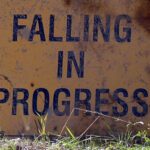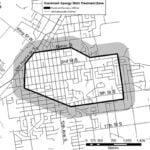Home »

Fire danger ratings climbing into extreme
 A couple of locations in the East Kootenay are now being rated as having ‘extreme’ danger ratings for wildfire, as temperatures continue to range well into the 30s C.
A couple of locations in the East Kootenay are now being rated as having ‘extreme’ danger ratings for wildfire, as temperatures continue to range well into the 30s C.
RDEK Fire Services-South Country alerted the public via Facebook earlier this afternoon that its coverage area is now rated extreme.
“OK folks… we’re at the uppermost end of our scale!” The department stated.
The BC Wildfire Service operates about 260 weather stations, including 48 in the Southeast Fire Centre, which send reports on an hourly basis. These hourly weather observations, supplemented by data from other agency stations, support fire weather forecasting and the Canadian Forest Fire Danger Rating System (CFFDRS).
“The computer-based CFFDRS is the primary fire management decision aid in Canada. With it, fire managers can assess the potential for ignition, spread and burning intensity. This information is used for making fire prevention, preparedness and suppression decisions, as well as other general fire management decisions.
Temperature, relative humidity, precipitation, wind speed and wind direction are recorded by the fully automated stations,” BC Wildfire Service explains.
This data is transmitted to BC Wildfire Service headquarters every hour from April through October, but less frequently and from fewer stations during the winter months. Data from other agencies’ weather stations is also used and transferred electronically to headquarters.
What the danger class ratings mean
Low: Fires may start easily and spread quickly but there will be minimal involvement of deeper fuel layers or larger fuels.
Moderate: Forest fuels are drying and there is an increased risk of surface fires starting. Carry out any forest activities with caution.
High: Forest fuels are very dry and the fire risk is serious. New fires may start easily, burn vigorously, and challenge fire suppression efforts. Extreme caution must be used in any forest activities. Open burning and industrial activities may be restricted.
Extreme: Extremely dry forest fuels and the fire risk is very serious. New fires will start easily, spread rapidly, and challenge fire suppression efforts. General forest activities may be restricted, including open burning, industrial activities and campfires.
See the current danger class ratings for the Southeast Fire Centre
To report a wildfire or irresponsible behaviour call 1 800 663-5555 or *5555 from a cell phone. Information from the public is crucial to ensuring wildfires are responded to as soon as possible.
All calls are answered by BC Wildfire Service staff at the Provincial Forest Fire Reporting Centre. Any information you can provide is helpful; expect the emergency call taker to ask for details about the fire.
e-KNOW







